Description
Penicillin: A Lucky Accident that Changed the World
Penicillin, a name synonymous with antibiotics and a revolution in medicine, wasn’t discovered through rigorous planning, but rather through a stroke of serendipitous luck. This accidental discovery, however, would go on to save countless lives and fundamentally alter the course of human history.
The story begins in 1928 in Alexander Fleming’s cluttered laboratory at St. Mary’s Hospital in London. Fleming, a Scottish bacteriologist, was researching influenza, a common and often deadly illness. After returning from a vacation, he noticed a peculiar phenomenon in a petri dish containing Staphylococcus bacteria. The dish had been accidentally contaminated with a mold, and around the mold, the bacterial growth had been inhibited.
Intrigued, Fleming identified the mold as Penicillium notatum. He observed that the mold produced a substance that effectively killed bacteria in the surrounding area. He named this antibacterial agent penicillin.
Fleming’s initial experiments showed promise, demonstrating that penicillin could effectively inhibit the growth of various disease-causing bacteria, including staphylococci, streptococci, and pneumococci. He even explored its potential as a topical antiseptic. However, extracting and purifying penicillin in sufficient quantities proved challenging, and Fleming eventually abandoned his research, believing it had limited practical application.
Fortunately, the story didn’t end there. In the late 1930s, a team at Oxford University, led by Howard Florey and Ernst Chain, rediscovered Fleming’s work. They recognized the immense potential of penicillin and embarked on the arduous task of isolating and purifying it. With the help of Norman Heatley, they developed innovative techniques, including freeze-drying, to concentrate the active ingredient.
By 1941, Florey and Chain had successfully produced enough penicillin to conduct clinical trials on humans. Their initial patients, suffering from severe bacterial infections, showed dramatic improvements. Penicillin proved to be remarkably effective in treating a wide range of previously deadly conditions, including pneumonia, sepsis, and wound infections.
The impact of penicillin was further amplified during World War II. The drug became a crucial weapon in the fight against infection, saving the lives of countless soldiers wounded on the battlefield. Mass production of penicillin was rapidly scaled up, turning the once-obscure mold product into a life-saving miracle drug.
In 1945, Fleming, Florey, and Chain were jointly awarded the Nobel Prize in Physiology or Medicine for their discovery and development of penicillin. Their groundbreaking work ushered in the “antibiotic era,” transforming the treatment of infectious diseases.
However, the success story of penicillin also carries a cautionary tale. The widespread and often indiscriminate use of antibiotics, including penicillin, has led to the emergence of antibiotic-resistant bacteria. These “superbugs” pose a serious threat to public health, as they are increasingly difficult, and sometimes impossible, to treat.
Recognizing this growing challenge, scientists and healthcare professionals are working to promote responsible antibiotic use and develop new strategies to combat antibiotic resistance. This includes developing new antibiotics, exploring alternative therapies, and implementing stricter infection control measures.
In conclusion, the discovery of penicillin remains a monumental achievement in medical history. It significantly reduced mortality from infectious diseases and paved the way for the development of numerous other antibiotics. However, the rise of antibiotic resistance underscores the importance of responsible antibiotic use and continued research to combat this evolving threat. The legacy of penicillin is a powerful reminder of the transformative potential of scientific discovery, as well as the need for careful stewardship in the face of its success.

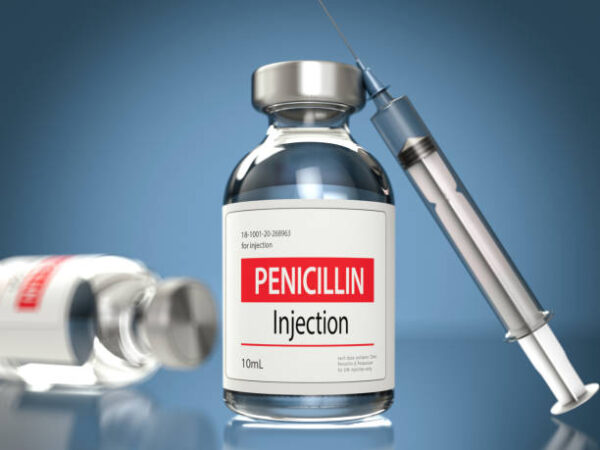
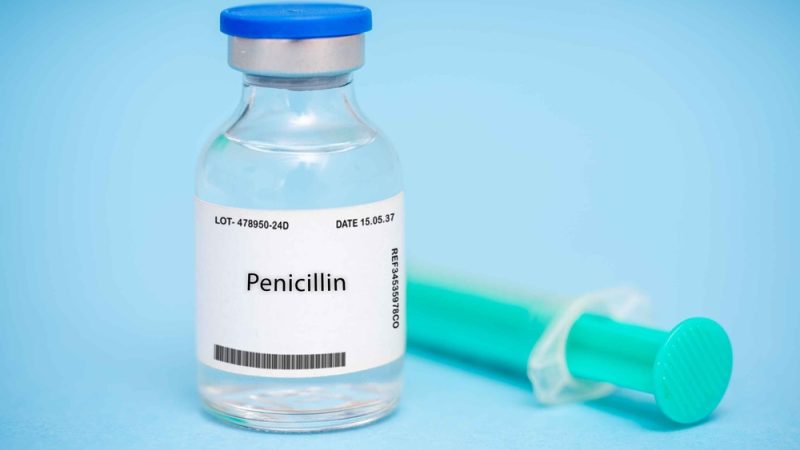


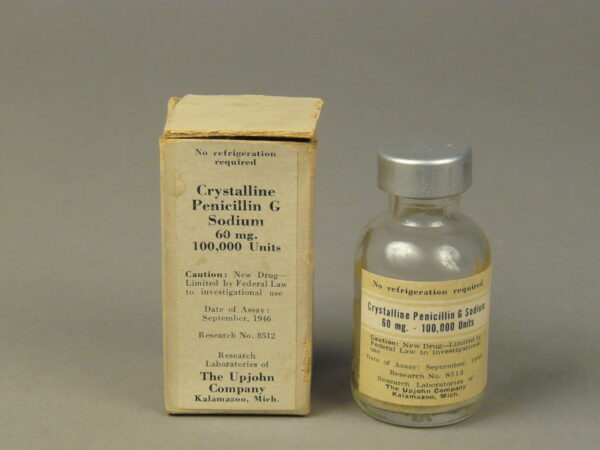
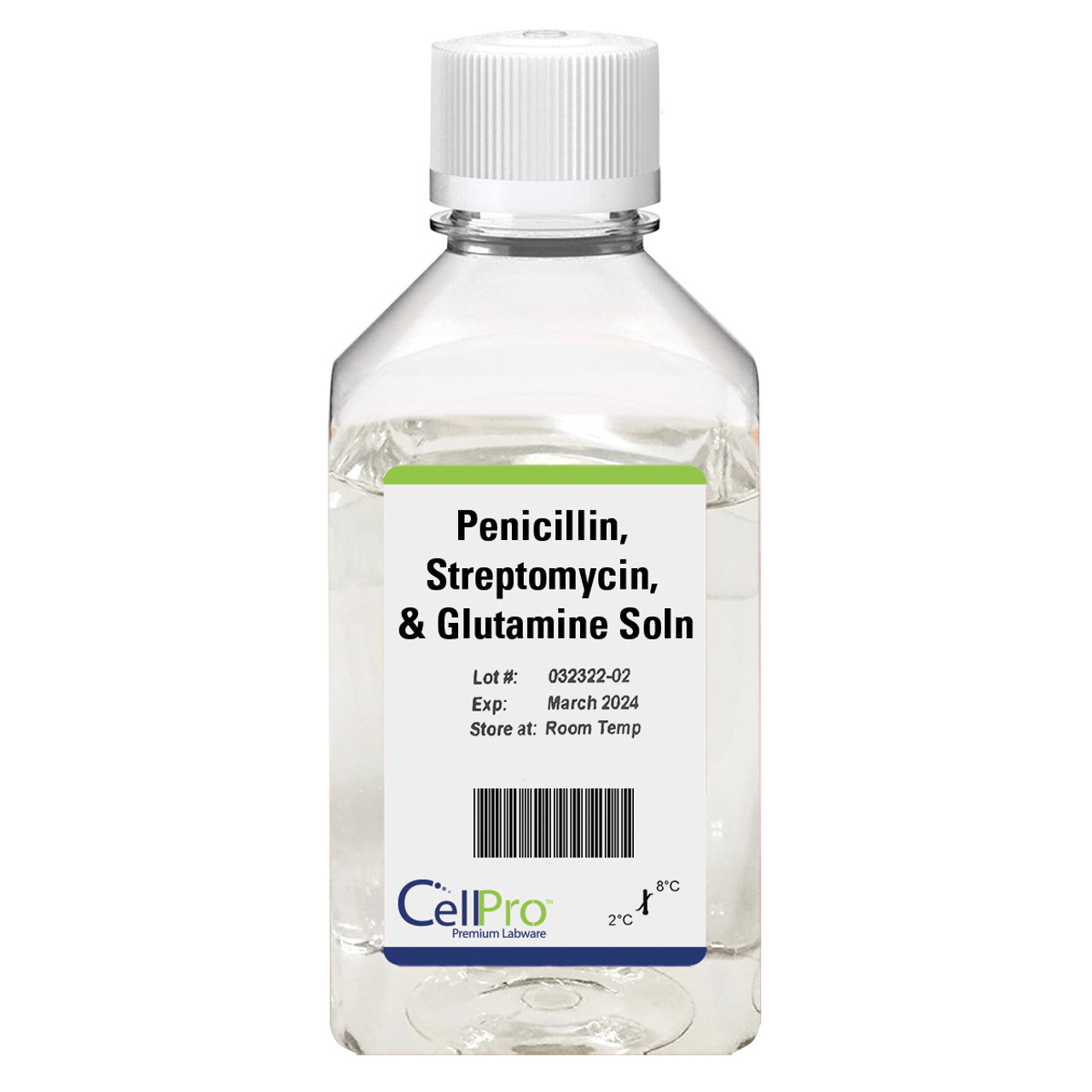
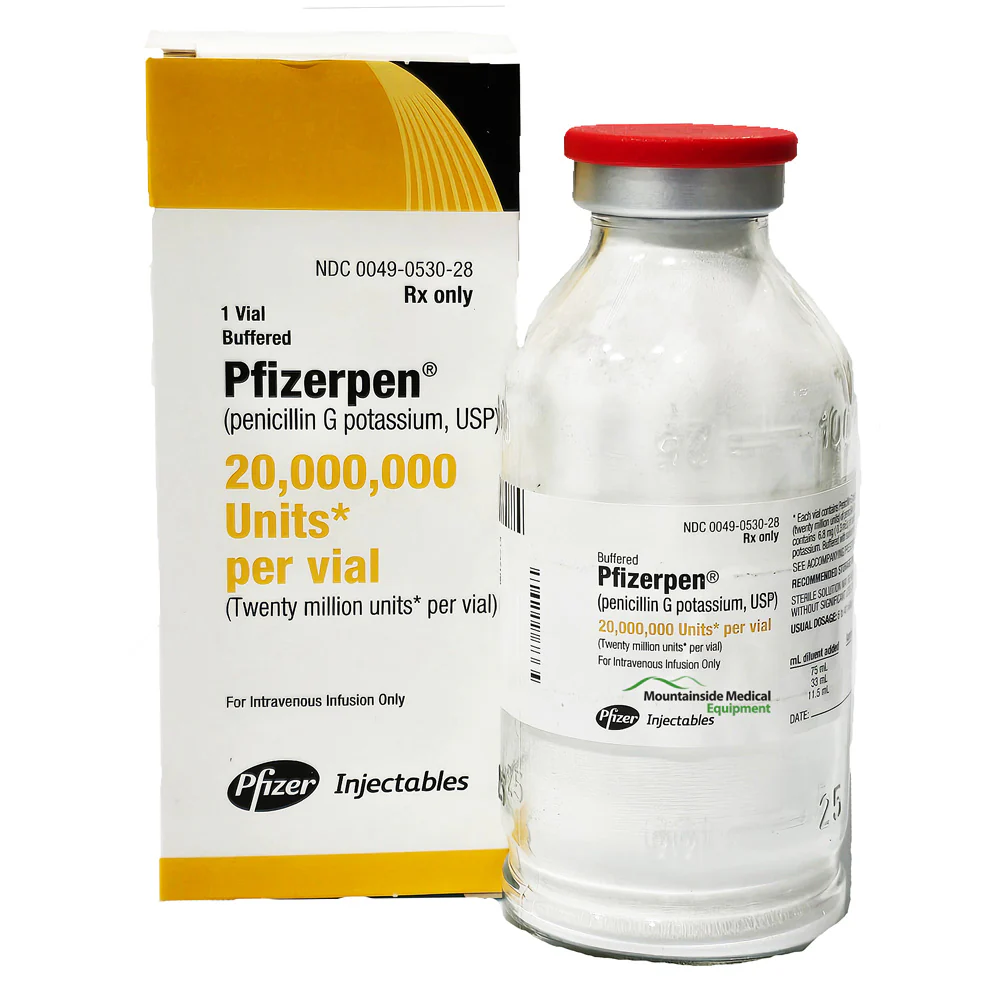

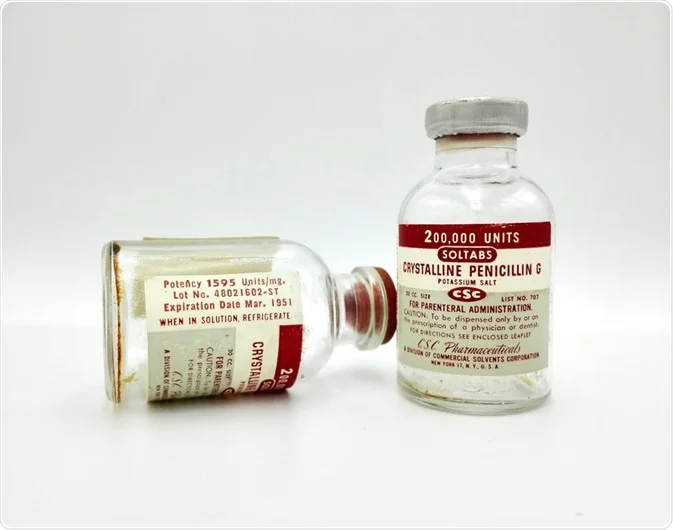
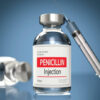

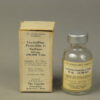






Reviews
There are no reviews yet.